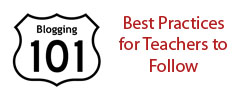
Blogging: Best practices for teachers and students
In order to be successful using blogs in your classrooms, you have to do more than just come up with creative lessons and projects for the students to do with the blog. The more integral they become to your everyday teaching, the more you will need to establish guidelines for your students. You may have to ask your school or your district to tweak their Acceptable Use Policy or Digital Citizenship Policy to include blogging, or maybe you’ll need to create student contracts or notify parents.
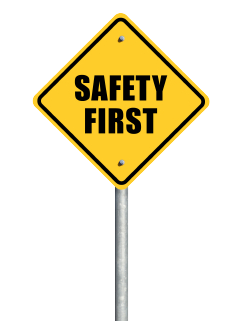 At Catholic schools I have taught at, safety has been a significant factor for their hesitation in letting students blog. Luckily, platforms like Edublogs and Kidblog give teachers an alternative to wordpress.com or other public blog sites. Teachers can create secure logins, choose how “public” to make information, can make teacher comments public or private, and can even invite parents or administrators to be “guests”.
At Catholic schools I have taught at, safety has been a significant factor for their hesitation in letting students blog. Luckily, platforms like Edublogs and Kidblog give teachers an alternative to wordpress.com or other public blog sites. Teachers can create secure logins, choose how “public” to make information, can make teacher comments public or private, and can even invite parents or administrators to be “guests”.
In the article “8 Tips for Blogging with Students” on Edudemic, Lisi Gopin provides a number of important tips for teachers that are helpful for teachers who want to begin a blog. However, she recommends using public sites. If teachers choose not to use a secure site and opt for Tublr or WordPress, as Gopin recommends, they will have to address more safety issues with students.
HASTAC, the Humanities, Arts, Science, and Technology Alliance and Collaboratory, explains that having students publish online means that teachers need to consider a number of issues regarding ethics, legalities, and even FERPA in an inteview ith Kevin Smith, Director of Copyright and Scholarly Communication at Duke Univeresity. While he highlights many issues of particular importance at the college level, Smith does emphasize that students should be warned about putting private information on public sites and that teachers should allow them to share any concerns they have about privacy. He gives some good advice for teachers who opt to use public sites with their K-12 students.
Most education blogging advice sites recommend that teachers set guidelines for their students and introduce blogging etiquette and writing like they would any new skill they want students to master in their classroom. Additionally, teachers should set standards for how they want students to interact and emphasize that conversations online are part of a grade. They should establish zero tolerance policies for bullying or any negative behaviors that wouldn’t be allowed in school. If a lot of teachers in the school choose to use blogs, they can create a contract together or even revise their school’s Acceptable Use Policies. (See example Acceptable Use Policies for Catholic schools on my Wiki: https://csaup.wikispaces.com).
For K-12 educators, Edublogs’ Curriculum Corner offers solid advice for any teacher who wants to be safe and responsible with classroom blog use and even links to examples that teachers post for students. The Curriculum Corner recommends clarifying to students what kind of information is appropriate online, including names, images, contact information, and discussing what makes a good post or comment. This conversation with students can easily be woven into a lesson on digital citizenship or internet safety.
The section on “Commenting” gives poignant details on how to create a quality comment. Some suggestions they give are writing the comment like a letter (with a body, closing, and signature), using correct spelling and spacing, proofreading, complimenting the writer, asking a question, or adding new information in the comment, and not revealing personal information in comments. Many of these tips are just examples of good writing, and they’re similar rules that could be used any class conversation etiquette. Edublogs also has a great lesson for teachers to do before blogging to help them ensure that they have set up everything they need for successful blog integration.
I am a big fan of using secure networks for blogging like Kidblog or Edublogs, and I plan to create guest accounts for administrators, colleagues, and potentially parents. If students know adults besides me, the teacher, are reading their blogs and assignments, it ups the ante even more for higher quality and more professional etiquette. So much of our students’ online communication is in texting shorthand, it’s important for us to remind them that an online presence can also be sophisticated.

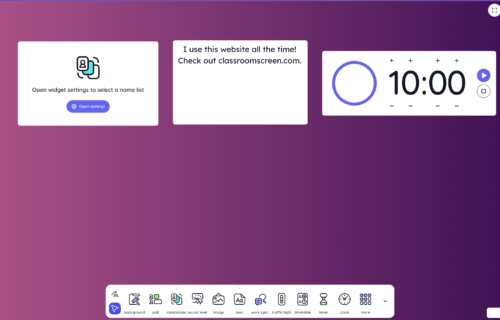
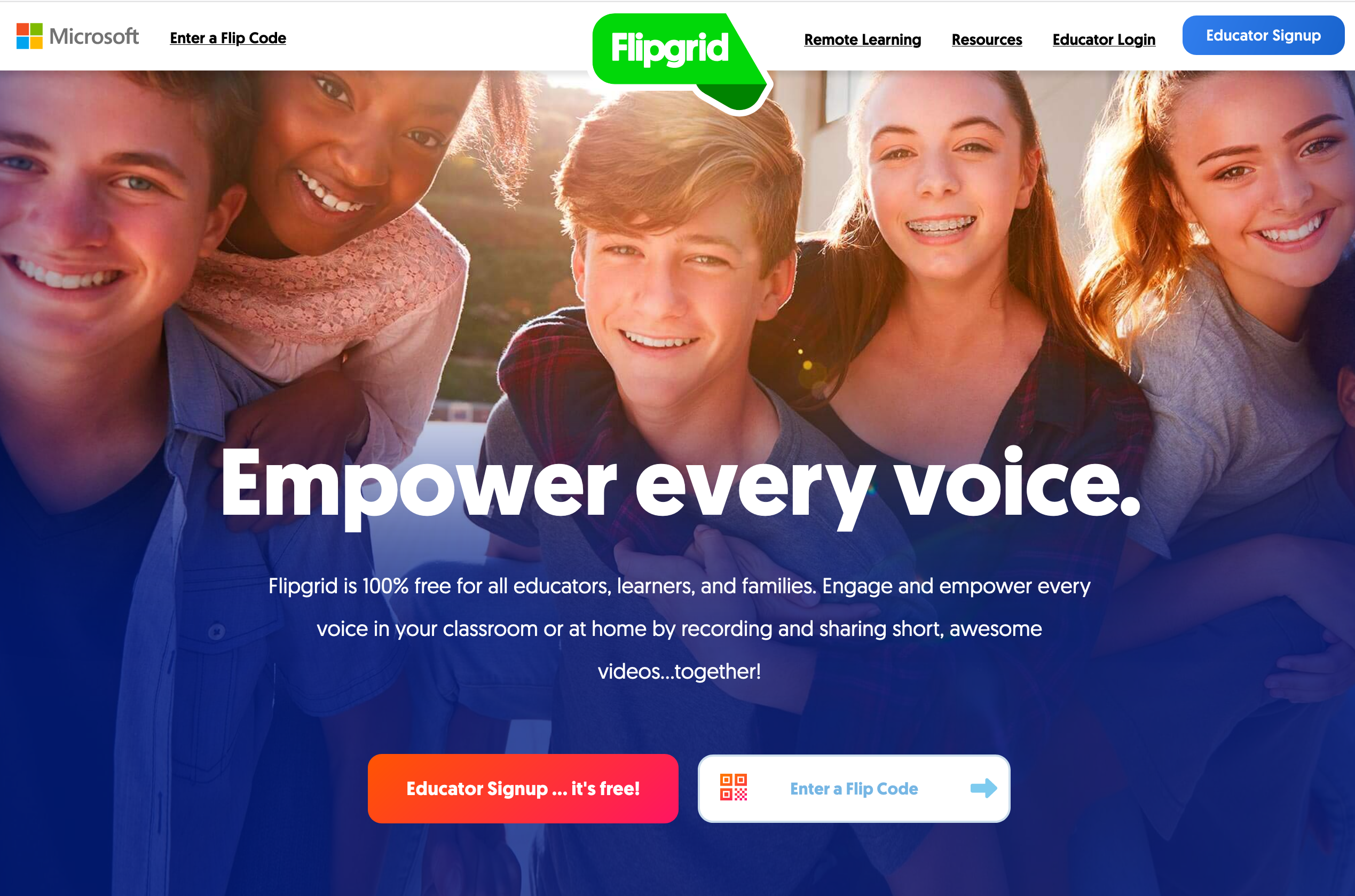
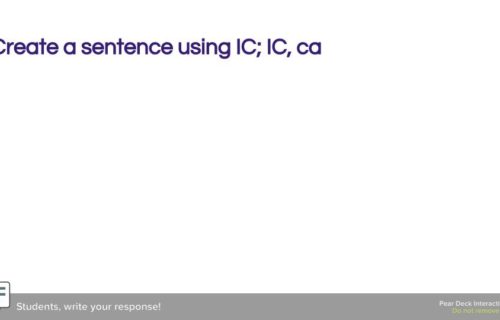
Pingback: Best practices in blogging | deartonscience